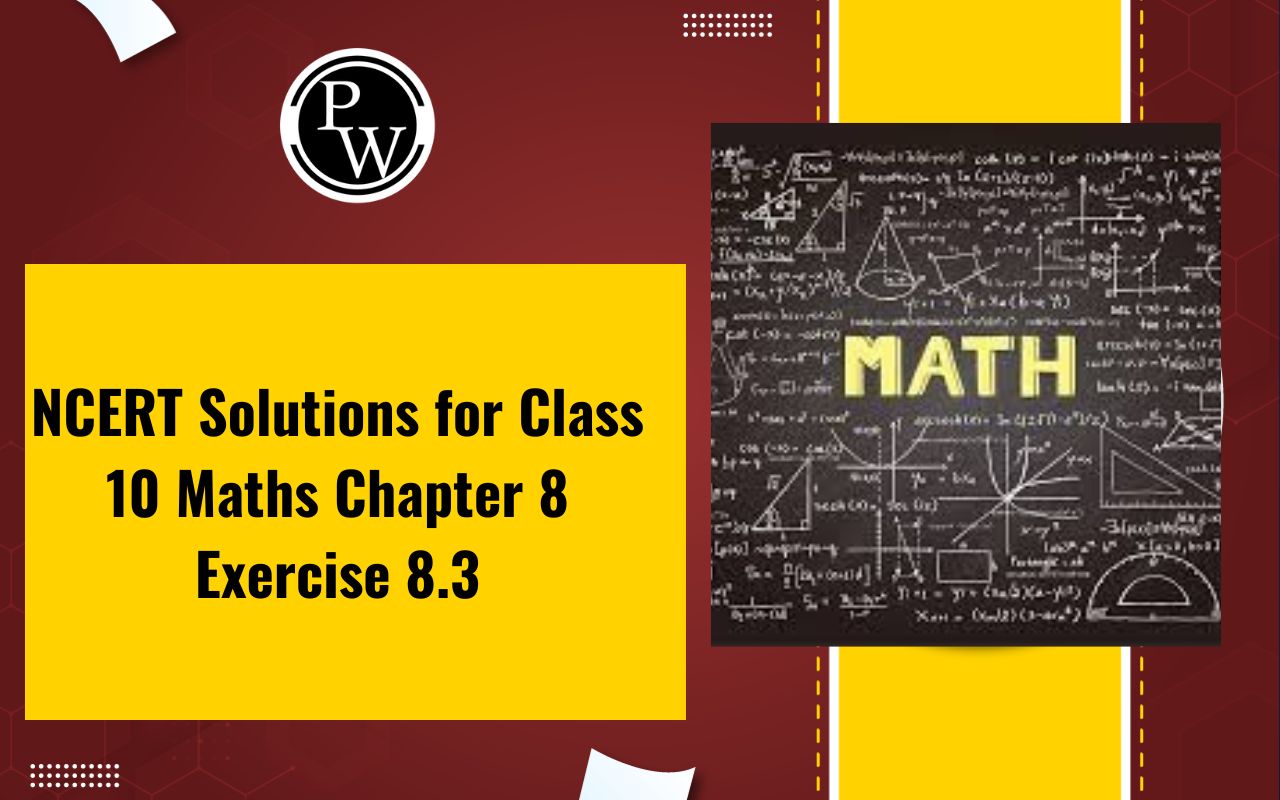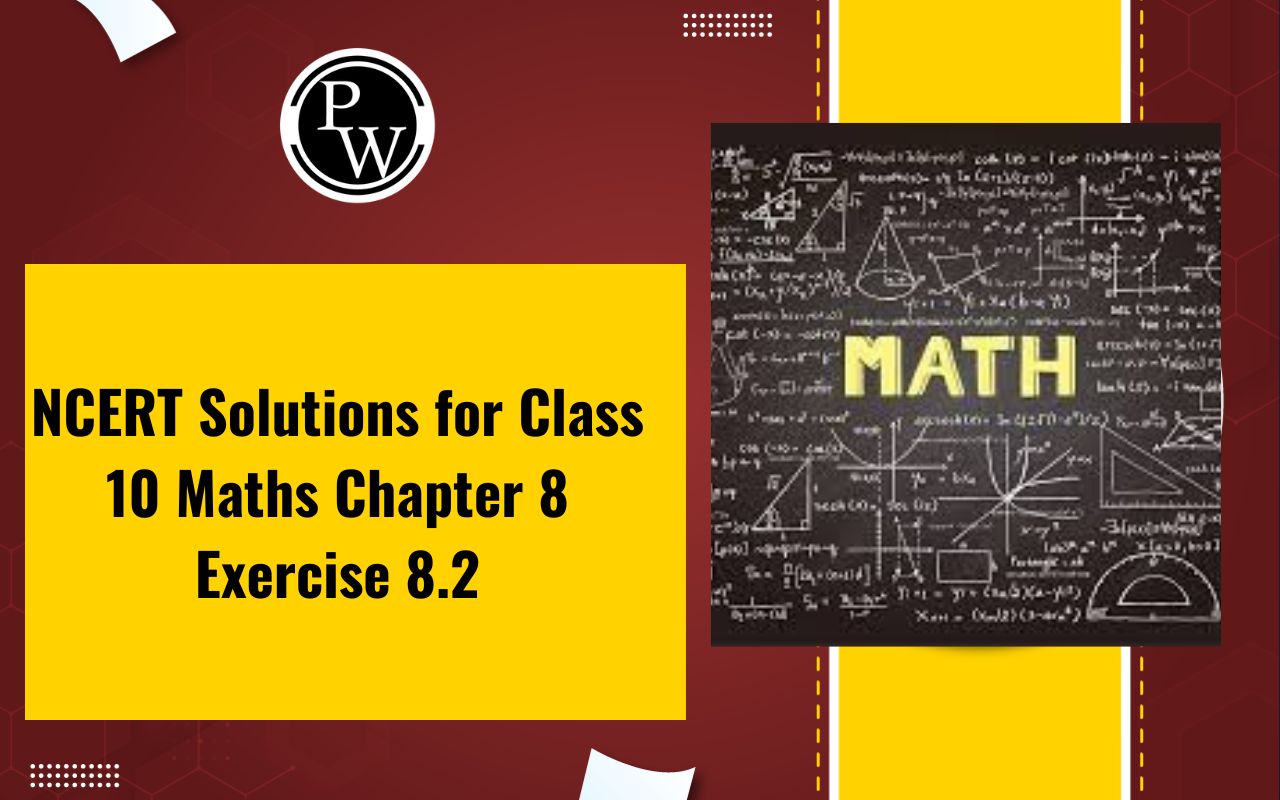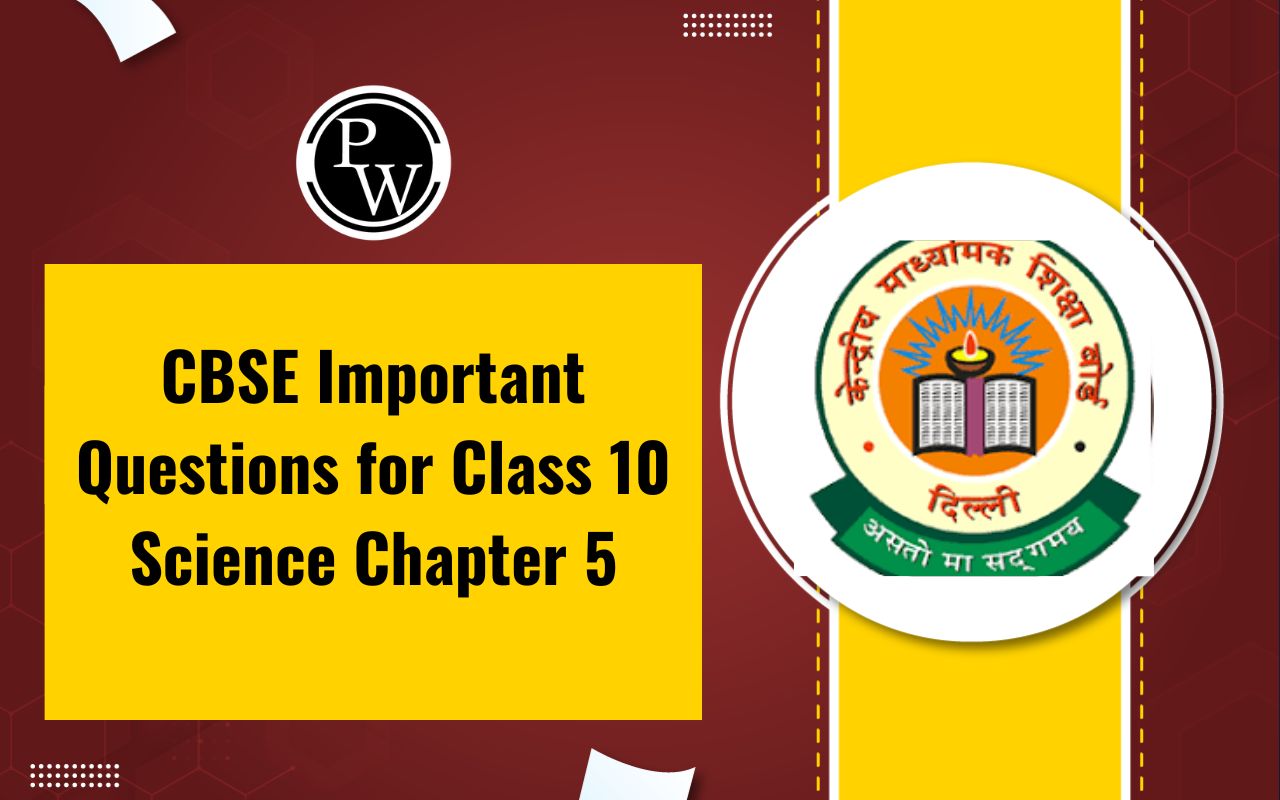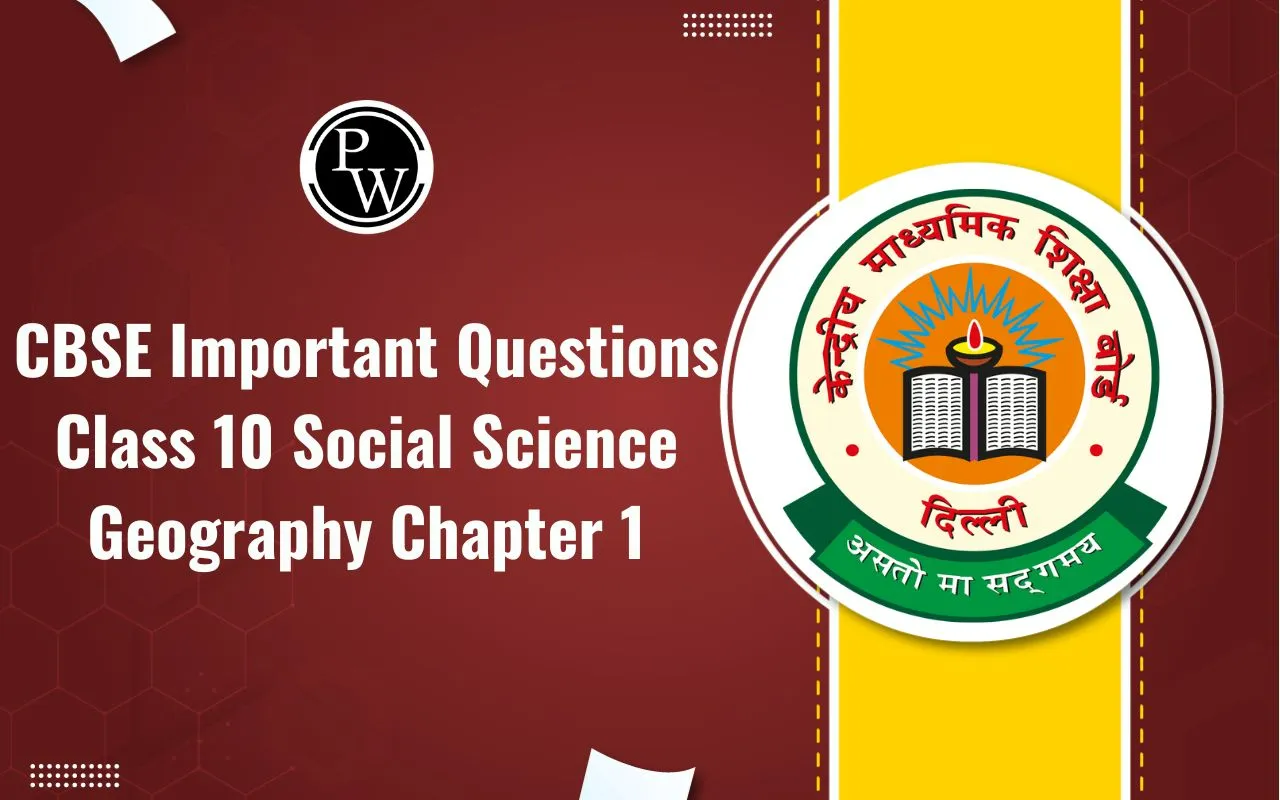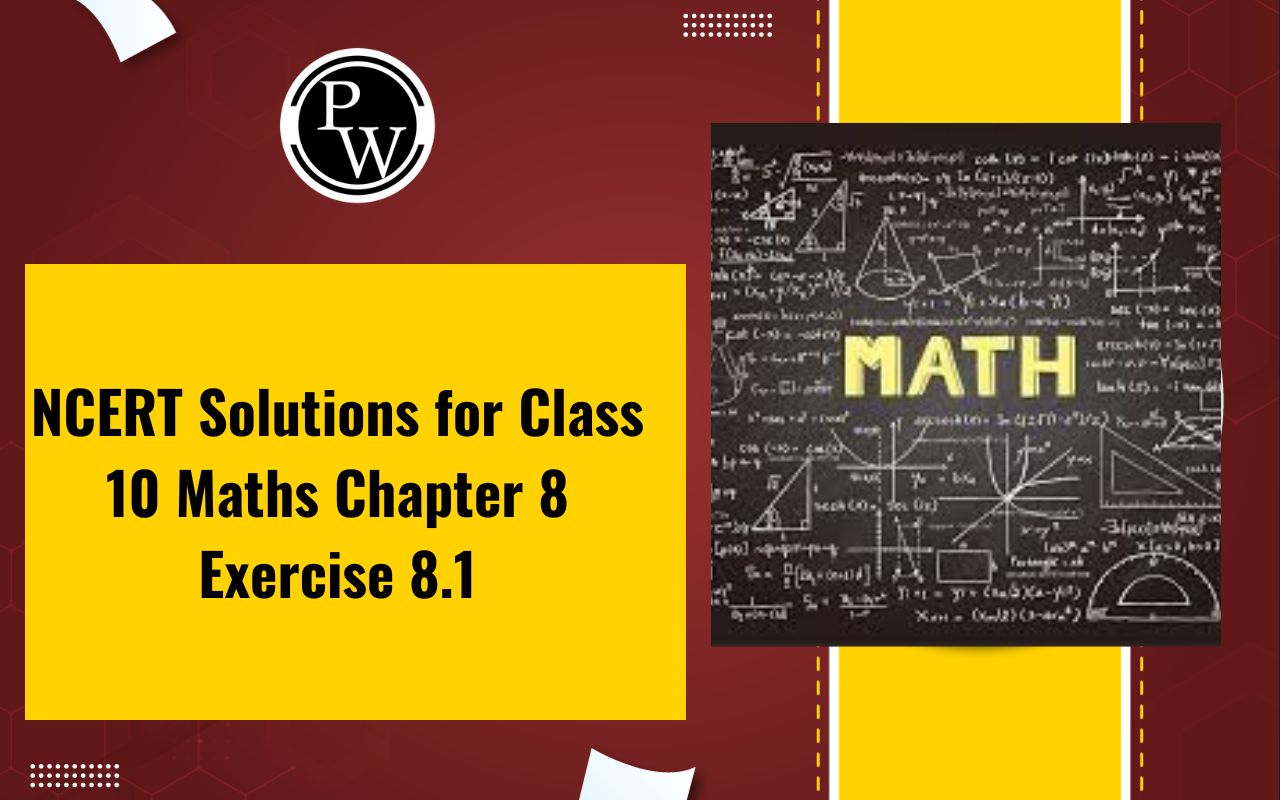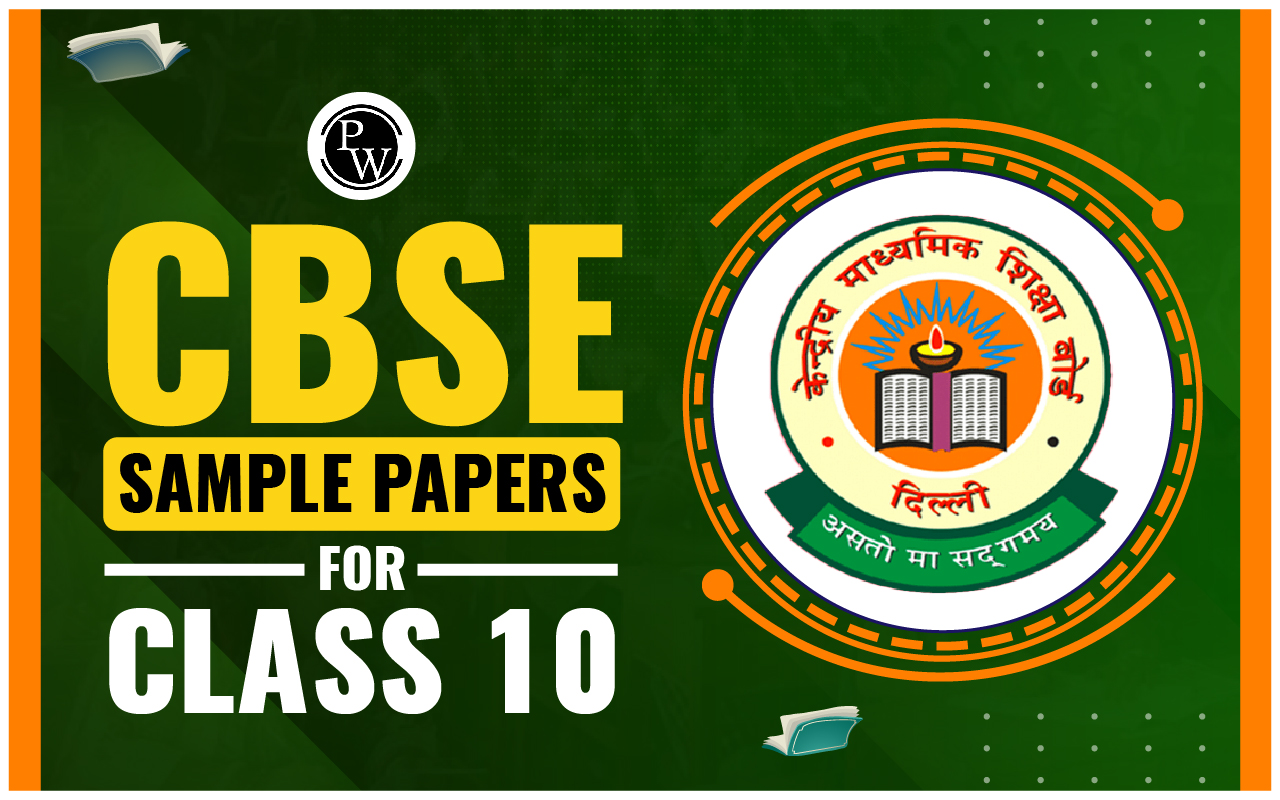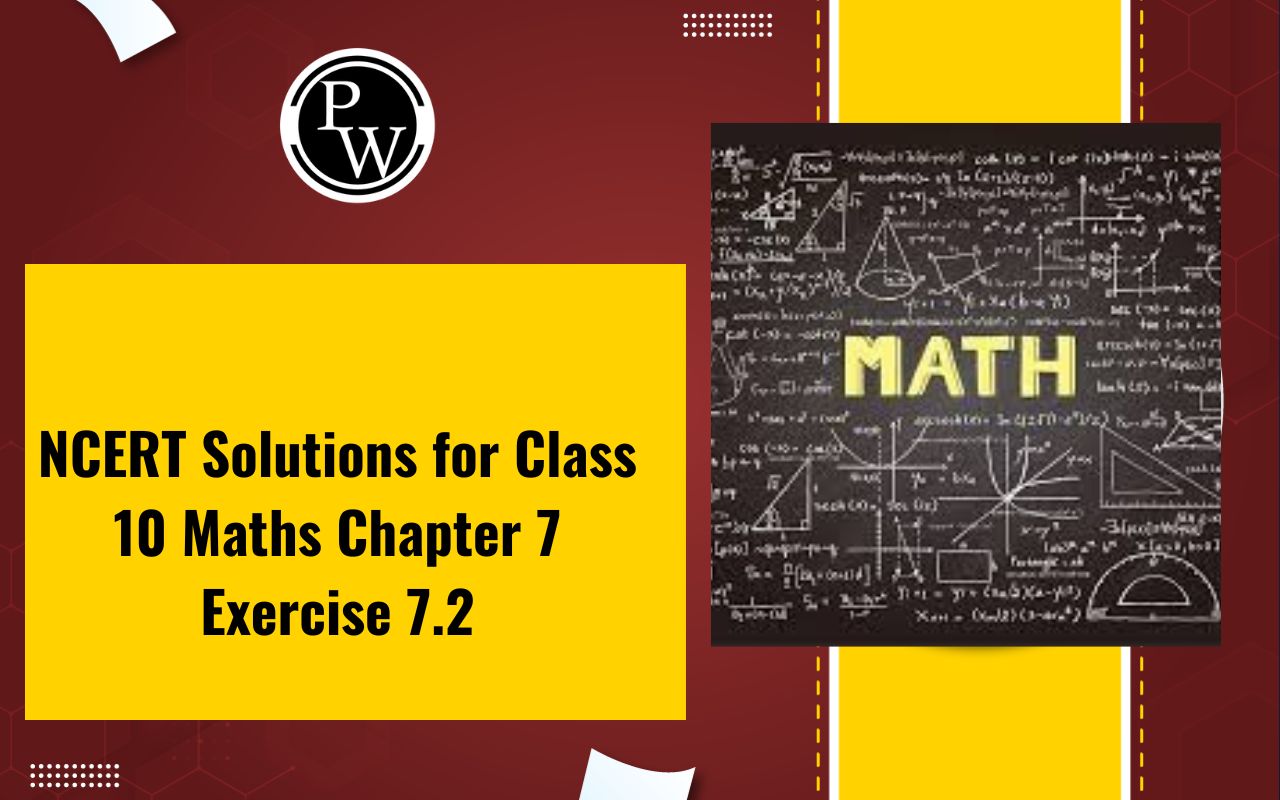
RD Sharma Solutions Class 10 Maths Chapter 3 Exercise 3.7: In RD Sharma’s Class 10 Maths Chapter 3, Exercise 3.7 focuses on solving pairs of linear equations in two variables using the elimination method. This exercise covers problems where students learn to eliminate one variable by aligning the equations, either by addition or subtraction, to simplify the system to a single-variable equation.
Once simplified, students can solve for one variable and then substitute back to find the other. The exercise helps students practice this method with different types of equations and coefficients, providing a solid foundation in handling systems of equations through logical manipulation and substitution.RD Sharma Solutions Class 10 Maths Chapter 3 Ex 3.7
Chapter 3, Exercise 3.7 of RD Sharma's Class 10 Maths focuses on solving pairs of linear equations in two variables. This topic is fundamental in algebra and helps students understand how to find the point of intersection between two lines represented by equations.Mastery in solving these equations is crucial as it lays the foundation for advanced mathematical concepts in higher classes, including algebraic methods, geometry, and calculus. This chapter emphasizes the application of methods like substitution, elimination, and cross-multiplication, which are essential tools in problem-solving across various fields, including physics, engineering, and economics.
RD Sharma Solutions Class 10 Maths Ch 3 Exercise 3.7 PDF
Below, we have provided the PDF for RD Sharma Solutions for Class 10 Maths, Chapter 3, Exercise 3.7, covering the topic "Pair of Linear Equations in Two Variables." This resource includes step-by-step solutions designed to help students understand and solve linear equations. By following these solutions, students can strengthen their problem-solving skills and gain a deeper understanding of the concepts covered in this exercise.RD Sharma Solutions Class 10 Maths Chapter 3 Exercise 3.7 PDF
Chapter 3 Exercise 3.7 Pair of Linear Equations in Two Variables
Below is the RD Sharma Solutions Class 10 Maths Chapter 3 Exercise 3.7 Pair of Linear Equations in Two Variables -1. The sum of two numbers is 8. If their sum is four times their difference, find the numbers.
Solution:
Let’s assume the two numbers to be x and y. Also, let’s consider that x is greater than or equal to y. Now, according to the question The sum of the two numbers, x + y = 8…………. (i) Also, given that their sum is four times their difference. So, we can write; x + y = 4(x – y) ⇒ x + y = 4x-4y ⇒ 4x – 4y – x – y = 0 ⇒ 3x – 5y = 0………………. (ii) Solving (i) and (ii), we can find x and y, so the required two numbers. On multiplying equation (i) by 5 and then adding with equation (ii), we get here; 5 (x + y) + (3x – 5y) = 5 × 8 + 0 ⇒ 5x + 5y + 3x – 5y = 40 ⇒ 8x = 40 ⇒ x = 5 Putting the value of x in (i), we find y 5 + y = 8 ⇒ y = 8 – 5 ⇒ y = 3 Therefore, the two numbers are 5 and 3.2. The sum of digits of a two-digit number is 13. If the number is subtracted from the one obtained by interchanging the digits, the result is 45. What is the number?
Solution:
Let’s assume the digit at the unit’s place as x and at ten’s place as y. Then the required number is 10y + x. Also, it’s given that the sum of the digits of the number is 13, So, x + y = 13………… (i) On interchanging the position of digits, the new number so formed will be 10x+y. Again it’s given that the difference between the new number so formed upon interchanging the digits and the original number is equal to 45. Therefore, this can be expressed as; (10x + y) – (10y + x) = 45 ⇒ 110x + y – 10y – x = 45 ⇒ 9x – 9y = 45 ⇒ 9(x – y) = 45 ⇒ x – y = 5………..(ii) Solving (i) and (ii), we can find x and y, Now, adding (i) and (ii), we get; (x + y) + (x – y) = 13 + 5 ⇒ x + y + x – y = 18 ⇒ 2x = 18 ⇒ x = 9 Putting the value of x in the equation (i), we find y; 9 + y = 13 ⇒ y = 13 – 9 ⇒ y = 4 Hence, the required number is, 10 × 4 + 9 = 49.3. A number consists of two digits whose sum is five. When the digits are reversed, the number becomes greater by nine. Find the number.
Solution:
Let’s assume the digit at the unit’s place as x and ten’s place as y. Thus, the number to be found is 10y + x. From the question, it’s given that the sum of the digits of the number is equal to 5. Thus we can write, x + y = 5 ………….. (i) On interchange of the place of digits, the new number so formed will be 10x+ y. Again from the question, it’s given that the new number so obtained after interchanging the digits is greater by 9 from the original number. Therefore, this can be written as; 10x + y = 10y + x +9 ⇒ 10x + y – 10y – x = 9 ⇒ 9x – 9y = 9 ⇒ 9(x – y) = 9 ⇒ x – y = 1………………. (ii) Solving (i) and (ii), we can find x and y Adding the eq. 1 and 2, we get; (x + y) + (x – y) = 5+1 ⇒ x + y + x – y = 5+1 ⇒ 2x = 6 ⇒ x = 6/2 ⇒ x = 3 Putting the value of x in equation 1, we get; 3 + y = 5 ⇒ y = 5-3 ⇒ y = 2 Hence, the required number is 10 × 2 + 3 = 234. The sum of digits of a two-digit number is 15. The number obtained by reversing the order of digits of the given number exceeds the given number by 9. Find the given number.
Solution:
Let the digits at the unit’s place be x, and ten’s place be y, respectively. Thus, the number we need to find is 10y + x. As per the given statement, the sum of the digits of the number is 15. Thus, we have; x+ y = 15 ……………(i) Upon interchanging the digit’s place, the new number will so be 10x + y. Also, it’s given from the question that the new number obtained exceeds the original number by 9. Therefore, we can write this as; 10x + y = 10y + x + 9 ⇒ 10x + y – 10y –x = 9 ⇒ 9x – 9y = 9 ⇒ 9(x – y) = 9 ⇒ x – y = 9/9 ⇒ x – y = 1 ………………….. (ii) Solving (i) and (ii), we can find x and y Now, adding the equations (i) and (ii), we get; (x + y) + (x – y) = 15 + 1 ⇒ x + y + x – y = 16 ⇒ 2x = 16 ⇒ x = 16/2 ⇒ x = 8 Putting the value of x in the equation (i), to get y 8+ y = 5 ⇒ y = 15 – 8 ⇒ y = 7 Hence, the required number is 10 × 7 + 8 = 785. The sum of a two-digit number and the number formed by reversing the order of digits is 66. If the two digits differ by 2, find the number. How many such numbers are there?
Solution:
Let’s assume the digit at the unit’s place as x and ten’s place as y. Thus from the question, the number needed to be found is 10y + x. From the question, it’s said that the two digits of the number differ by 2. Thus, we can write x – y = ±2………….. (i) Now, after reversing the order of the digits, the number becomes 10x + y. Again from the question, it’s given that the sum of the numbers obtained by reversing the digits and the original number is 66. Thus, this can be written as; (10x+ y) + (10y+x) = 66 ⇒ 10x + y + 10y + x = 66 ⇒ 11x +11y = 66 ⇒ 11(x + y) = 66 ⇒ x + y = 66/11 ⇒ x + y = 6………….. (ii) Now, we have two sets of systems of simultaneous equations x – y = 2 and x + y = 6 x – y = -2 and x + y = 6 Let’s first solve the first set of system of equations; x – y = 2 …………. (iii) x + y = 6 ………….. (iv) On adding the equations (iii) and (iv), we get; (x – y) + (x + y) = 2+6 ⇒ x – y + x + y = 8 ⇒ 2x =8 ⇒ x = 8/2 ⇒ x = 4 Putting the value of x in equation (iii), we get 4 – y = 2 ⇒ y = 4 – 2 ⇒ y = 2 Hence, the required number is 10 × 2 +4 = 24 Now, let’s solve the second set of system of equations, x – y = -2 …………. (v) x + y = 6 ………….. (vi) On adding the equations (v) and (vi), we get (x – y)+(x + y )= -2 + 6 ⇒ x – y + x + y = 4 ⇒ 2x = 4 ⇒ x = 4/2 ⇒ x = 2 Putting the value of x in equation 5, we get; 2 – y = -2 ⇒ y = 2+2 ⇒ y = 4 Hence, the required number is 10×4+ 2 = 42 Therefore, there are two such possible numbers i.e., 24 and 42.6. The sum of two numbers is 1000 and the difference between their square is 256000. Find the numbers.
Solution:
Let’s assume the two numbers be x and y. And also, assume that x is greater than or equal to y. So as per the question, we can write the sum of the two numbers as x + y = 1000 ……….. (i) Again it’s given that the difference between the squares of the two numbers, thus writing it x 2 – y 2 = 256000 ⇒ (x + y) (x – y) = 256000 ⇒ 1000(x-y) = 256000 ⇒ x – y = 256000/1000 ⇒ x – y = 256 ………….. (ii) By solving (i) and (ii), we can find the two numbers On adding the equations (i) and (ii), we get; (x+ y) + (x- y) = 1000 + 256 ⇒ x + y + x – y =1256 ⇒ 2x = 1256 ⇒ x = 1256/ 2 ⇒ x = 628 Now, putting the value of x in equation (i), we get 628 + y =1000 ⇒ y = 1000 – 628 ⇒ y = 372 Hence, the two required numbers are 628 and 372.7. The sum of a two digit number and the number obtained by reversing the order of its digits is 99. If the digits differ by 3, find the number.
Solution:
Let’s assume the digit at the unit’s place is x and ten’s place is y. Thus from the question, the number we need to find is 10y + x. From the question, since the two digits of the number differ by 3. Therefore, x – y = ±3 …………. (i) And, after reversing the digits, the number so obtained is 10x + y. Again it’s given from the question that the sum of the numbers obtained by reversing the digit’s places and the original number is 99. Thus, this can be written as; (10x + y) + (I0y + x) = 99 ⇒ 10x + y + 10y + x = 99 ⇒ 11x + 11y = 99 ⇒ 11(x + y) = 99 ⇒ x + y = 99/11 ⇒ x + y = 9 …………… (ii) So, finally, we have two sets of systems of equations to solve. Those are, x – y = 3 and x + y = 9 x – y = -3 and x + y = 9 Now, let’s solve the first set of system of equations; x – y = 3 ……….. (iii) x + y = 9 ………. (iv) Adding the equations (iii) and (iv), we get; (x – y) + (x + y) = 3 + 9 ⇒ x – y + x + y =12 ⇒ 2x = 12 ⇒ x = 12/2 ⇒ x = 6 Putting the value of x in equation (iii), we find y 6 – y = 3 ⇒ y = 6 – 3 ⇒ y = 3 Hence, when considering this set, the required number should be 10×3 + 6 =36 Now, when solving the second set of system of equations, x – y = –3 ……….(v) x + y = 9 ………….. (vi) Adding the equations (v) and (vi), we get; (x – y) + (x + y) = –3 + 9 x – y + x + y = 6 2x = 6 x = 3 Putting the value of x in equation 5, we get; 3 – y = -3 ⇒ y = 3 + 3 ⇒ y = 6 Hence, when considering this set, the required number should be 10×6+3=63 Therefore, there are two such numbers for the given question.8. A two- digit number is 4 times the sum of its digits. If 18 is added to the number, the digits are reversed. Find the number.
Solution:
Let’s assume the digit at the unit’s place as x and at the ten’s place as y. Thus from the question, the number we need to find is 10y + x. From the question, since the number is 4 times the sum of the two digits. We can write, 10y + x = 4(x + y) ⇒ 10y + x = 4x+ 4y ⇒ 4x + 4y – 10y -x = 0 ⇒ 3x – 6y = 0 ⇒ 3(x – 2y) = 0 ⇒ x – 2y = 0 ……………… (i) Secondly, after reversing the digits, the new number formed is 10x + y. Again it’s given from the question that if 18 is added to the original number, the digits are reversed. Thus, we have (10y+x) + 18 = 10x+y ⇒ 10x + y- 10y – x = 18 ⇒ 9x – 9y = 18 ⇒ 9(x -y) = 18 ⇒ x – y = 18/9 ⇒ x-y =2 …………. (ii) Now by solving equations (i) and (ii) we can find the value of x and y and thus the number. On subtracting equation (i) from equation (ii), we get; (x- y) – (x – 2y) = 2-0 ⇒ x – y – x + 2y = 2 ⇒ y=2 Putting the value of y in the equation (i) to find x, we get x – 2 × 2=0 ⇒ x – 4=0 ⇒ x = 4 Hence, the required number is 10×2 +4 = 24Benefits of Solving RD Sharma Solutions Class 10 Maths Chapter 3
Solving RD Sharma Solutions for Class 10 Maths Chapter 3, Exercise 3.7 on Pair of Linear Equations in Two Variables can be highly beneficial for students. Here are some of the key advantages:Strengthens Conceptual Understanding : Chapter 3 introduces students to solving pairs of linear equations using various methods. By practicing Exercise 3.7, students reinforce these concepts, helping them understand the nuances of linear equations, variables, and methods of solving them, such as substitution, elimination, and cross-multiplication.
Enhances Problem-Solving Skills : Exercise 3.7 presents various problems that improve logical thinking and analytical skills. Regular practice boosts students' ability to tackle different types of problems and approach them from multiple perspectives.
Improves Calculation Accuracy : Working through these problems helps students refine their calculation skills. Since solving linear equations involves multiple steps, including arithmetic operations, practice ensures students can perform these accurately and quickly.
Prepares for Board Exams : This exercise aligns with the Class 10 CBSE syllabus, making it excellent preparation for board exams. Practicing these problems provides insight into potential exam questions and helps students familiarize themselves with the format and difficulty level.
RD Sharma Solutions Class 10 Maths Chapter 3 Exercise 3.7 FAQs
What is the objective of pair of linear equations in two variables?
Is RD Sharma Solutions Class 10 Maths Chapter 3 Exercise 3.7 Pair of Linear Equations in Two Variables helpful?
What is the conclusion of a pair of linear equations in two variables?
What is the purpose of linear equations in two variables?

